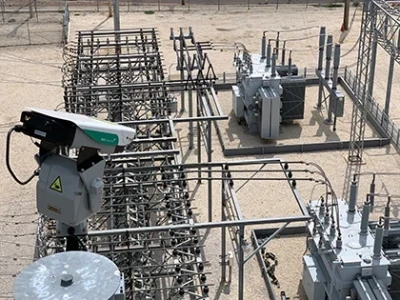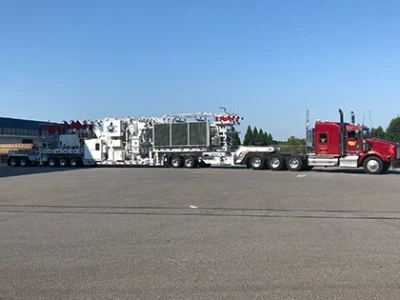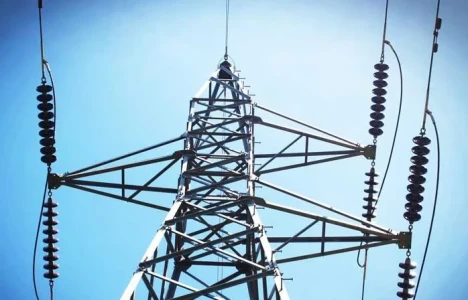Grounding Electrodes

For years, manufacturers of ground rods have strived to develop technical specifications for the electrical industry which address the specific needs and applications of clients and endusers alike. One reason for stressing the importance of this was to assure that the customer would receive what they asked and paid for regardless of who the manufacturer may be. More importantly, from a position as manufacturer, it was to assure that all sources would be submitting quotations on exactly the same basis contributing to a fair and equitable evaluation and award.
You may recall several years ago problems in the outside plant arena for the power utility, telecommunications and cable TV markets as it pertained to hardware bolts and nuts. Undersize bolts with oversize nuts (whether domestic or imported) create a unique situation which, while significant in terms of liability for the purposes of this discussion, simply did not provide the customer with what they had specified nor intended to purchase resulting in a compromised plant. Whether it is pole line hardware bolts, or a similar situation with airlines being provided with bogus quality high-strength bolts, the issue remains – give me what I specified and paid for so I may have confidence in my aerial plant construction!
First, a specification must be written. And who better to contribute to this than manufacturers who have years of experience and exposure in the industry and desire to police the problem. Surely it is a reflection of their present, and future reputation with the client.
In the ground rod and accessory market there are several specifications (and policing agencies) which govern the direction and quality of our product line. Canadian Standards Association, ETL and Underwriters Laboratories, etc. are but a few of the agencies involved with this effort. It is our goal to contribute to writing these specifications and assure that the industry complies with them long after they are accepted, specified and supported by the various technical organizations. Providing a grounding system focuses primarily on theissue of safety. Of course with the introduction of micro-circuits whose failures incur costly repair expenses, the need for good grounding practices comes to the forefront in terms of system reliability. And longevity is an important issue as the selection process of ground rod types is made largely influenced by soil make-up, temperature and moisture.
There are several products which may be used:
- Least costly hot-dipped galvanized ground rods
- Expensive copper-clad ground rods
- More expensive stainless-steel ground rods
- Very costly chemical-ground rod system
Each have very specific and unique advantages depending upon where the product is to be used, its expected useful life, contribution to system reliability, the cost expense outlay committed to installing the system and of course its affect on longterm safety.
Read full article in the Overhead and Underground T&D Technologies Special Edition 2023









